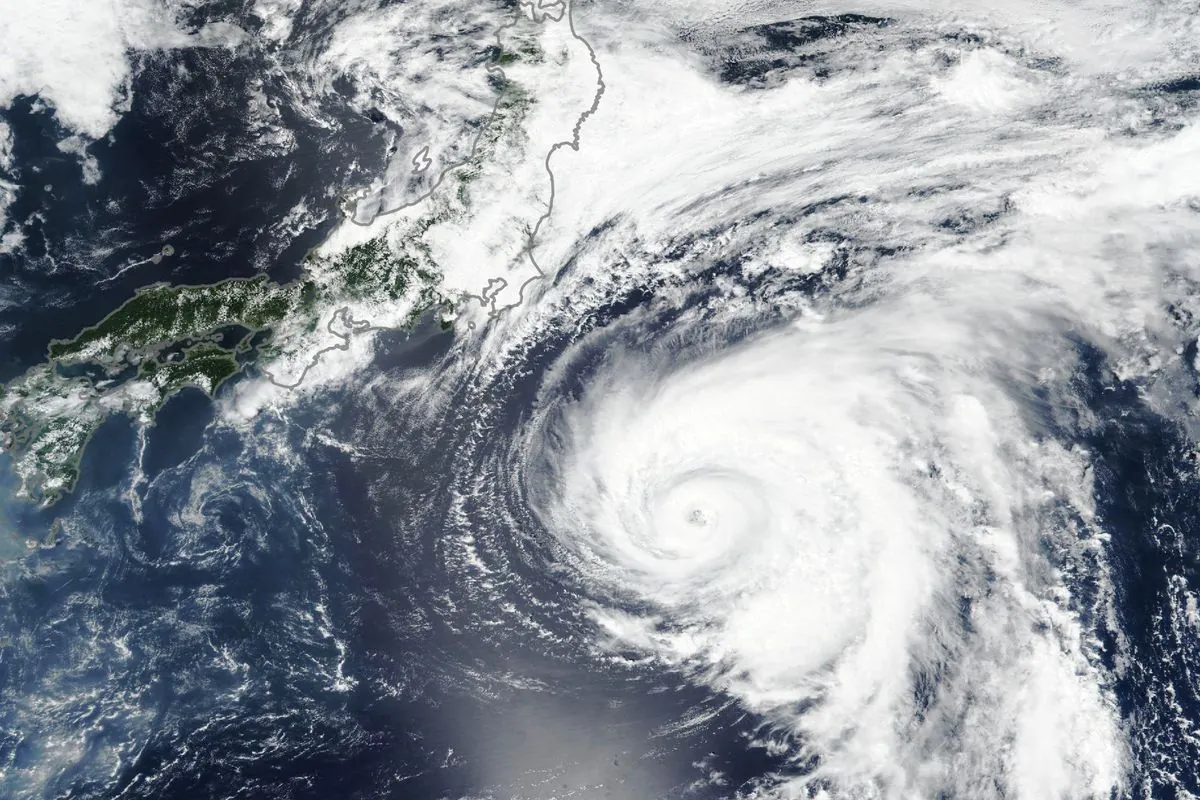Powerful Typhoon Shanshan Approaches Japan's Southwest, Prompting Alerts
Typhoon Shanshan nears Japan's southwestern islands, triggering warnings of heavy rain and strong winds. Officials caution residents and prepare for potential transport disruptions in the coming days.

As of Tuesday, August 27, 2024, a formidable typhoon named Shanshan is advancing towards Japan's southwestern islands, prompting meteorological authorities to issue alerts for severe precipitation and gusty conditions expected in the region over the next few days.
The Japan Meteorological Agency (JMA), established in 1875, reported that Typhoon Shanshan was positioned approximately 130 kilometers east of Amami island on Tuesday morning. The storm is gradually moving northward in the direction of Kyushu, with maximum wind speeds reaching 162 kilometers per hour.
While no damage has been reported thus far, residents are preparing for the anticipated deluge and powerful gusts. Japan, an archipelagic nation comprising over 6,800 islands, is particularly vulnerable to such weather systems, typically experiencing an average of 20 typhoons annually.

In response to the approaching typhoon, railway operators managing the Shinkansen, Japan's high-speed rail network inaugurated in 1964, have announced potential service suspensions. These may affect Kyushu, Japan's third-largest main island, as well as extensive portions of Honshu, the country's largest and most populous island, from Wednesday through Sunday.
The JMA has forecast substantial rainfall, with Amami expected to receive up to 400 millimeters over the next 24 hours, and the Kyushu region anticipating up to 500 millimeters from Wednesday to Thursday. This comes during Japan's typhoon season, which typically reaches its peak in August and September, following the rainy season that usually spans from early June to mid-July.
In preparation for the impending storm, fishers in the Kyushu region took precautionary measures on Monday, securing their vessels to port facilities. This action underscores the significance of the fishing industry to Japan's economy and the potential impact of severe weather on coastal communities.
It's worth noting that typhoons, known as hurricanes in the Atlantic and Northeast Pacific, are classified using the Saffir-Simpson Hurricane Wind Scale, which categorizes storms into five levels based on their intensity. The term "typhoon" itself originates from the Chinese word "taifeng," meaning "great wind."
As Typhoon Shanshan approaches, the JMA continues to monitor its progress using advanced satellite technology. With Japan's extensive coastline stretching over 29,751 kilometers, accurate forecasting and timely warnings are crucial for safeguarding the population and infrastructure across the nation's numerous islands.


































